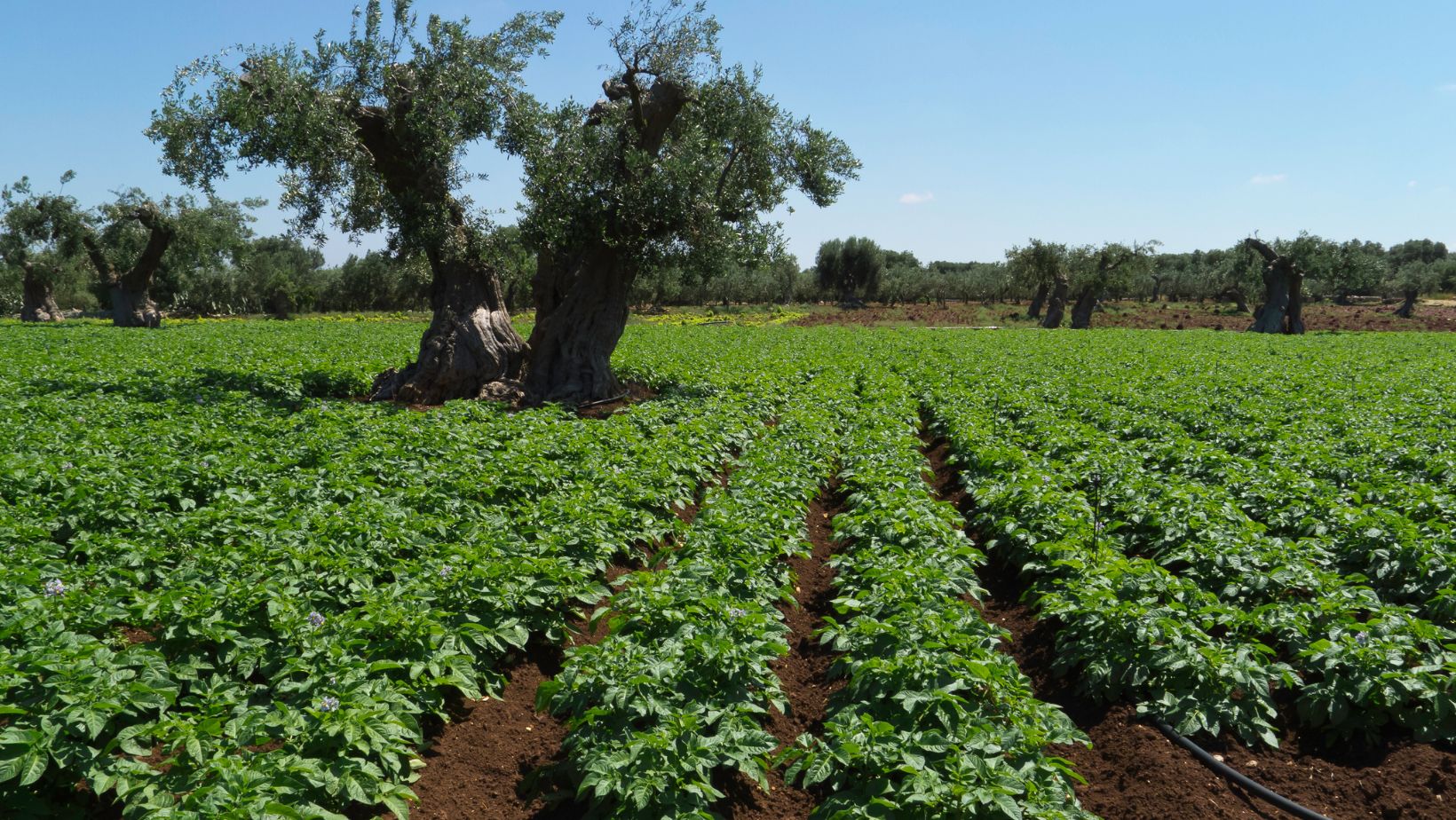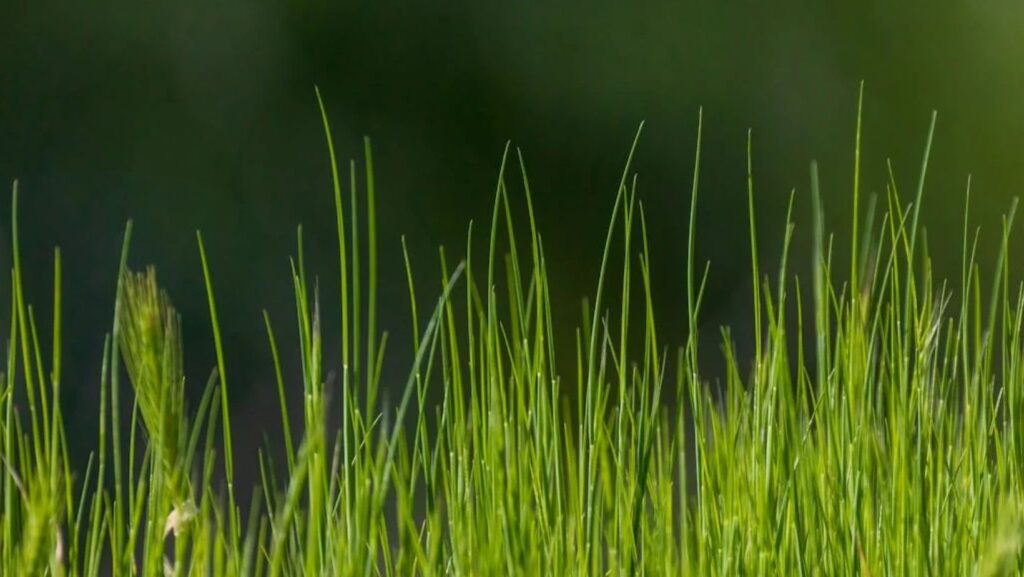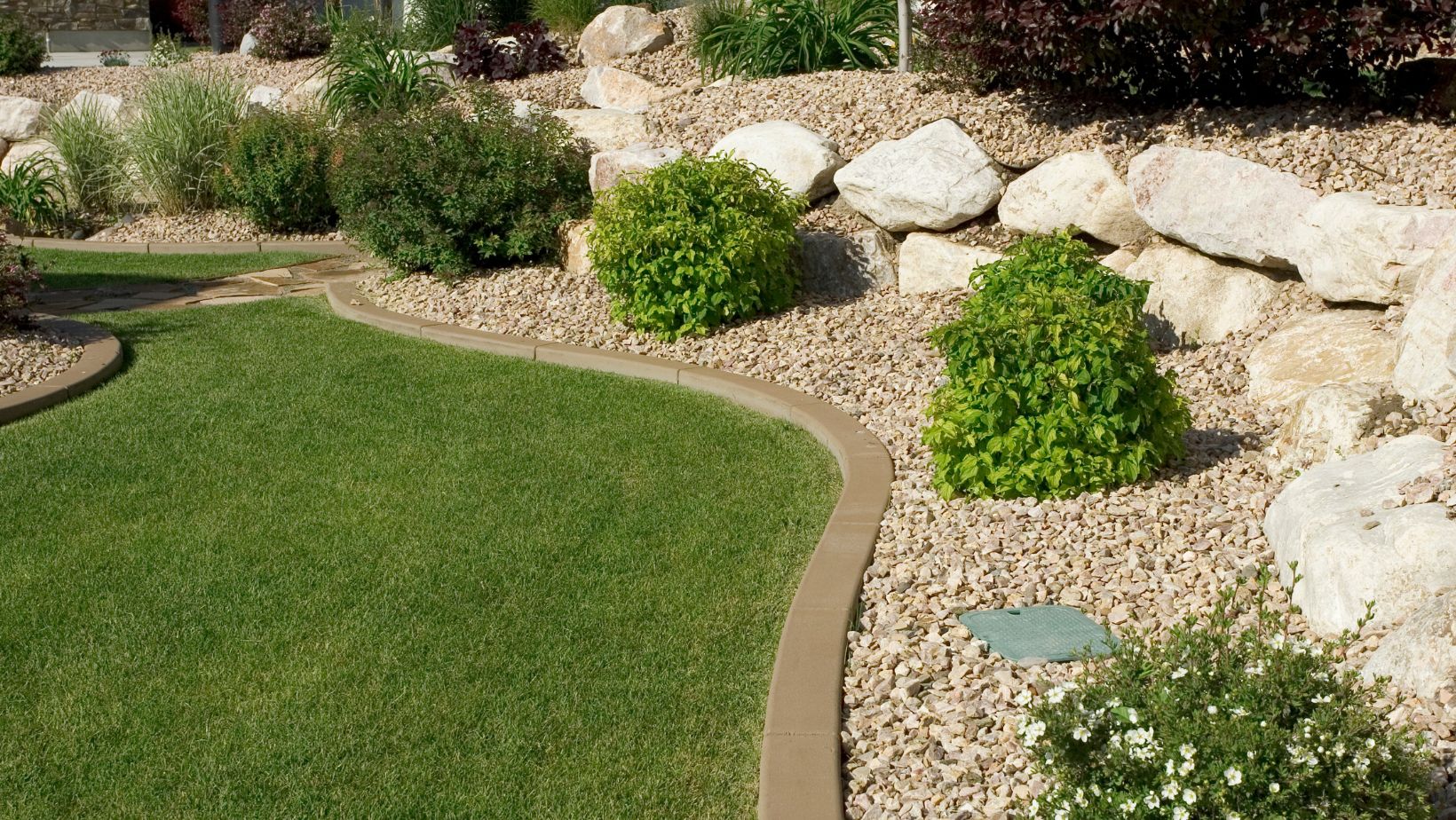When it comes to maintaining mobile home parks, landscaping is one of the most overlooked areas. Traditional lawn care methods can often lead to significant environmental costs, especially in areas where water conservation is a priority. As a result, mobile home park owners and residents are increasingly looking for sustainable solutions that reduce water usage, maintenance time, and costs while enhancing the park’s visual appeal. If you’re ready to make your mobile home park more eco-friendly, consider implementing sustainable landscaping ideas. For example, high-quality synthetic grass can be a game changer in reducing water consumption and lowering upkeep efforts. To transform your landscaping, check out Turft for more information on artificial turf solutions.
Water-Wise Landscaping Solutions
Water conservation is one of the primary goals of sustainable landscaping, particularly for mobile home parks. Keeping large lawns watered can very easily become prohibitively expensive and a drain on local water supplies, particularly in regions prone to drought. An excellent way to save water is by incorporating drought-tolerant plants in the landscape. These plants are created to survive with minimal water, making them ideal for a low-maintenance, sustainable garden.
Another alternative to consider is installing a drip irrigation system, unlike conventional sprinkling systems, which waste water through evaporation and runoff, drip irrigation supplies water right to the roots of plants. This ensures that the water hits the spot and that water consumption is minimized. With the usage of drought-resistant plants, drip irrigation can decrease the amount of water consumed in mobile home parks significantly.
The Benefits of Artificial Grass
Artificial grass is another sustainable alternative becoming popular in mobile home parks. Natural grass lawns need mowing, watering, and fertilizing, which can be time-consuming and expensive. Artificial grass does not, however, require these maintenance activities. It does not have to be watered or mowed, making it suitable for a mobile home park that wants to slash costs and environmental impact.
Besides, artificial grass is tough and long-lasting. It is scratch-resistant and will not fade from heavy foot traffic or other elements. Therefore, it is ideal for areas of high use, such as community centers or playgrounds. Mobile home parks can install artificial grass to make lovely, low-maintenance green areas look beautiful all year round. If you want to improve the landscaping of your mobile home park with an environmentally friendly alternative, then artificial grass may be your answer.
Creating Green Spaces with Native Plants
Adding native plants to your landscaping is another approach that will make your green space sustainable. Native plants are climate—and soil condition-adjusted plants that require less water, fewer fertilizers, and are less prone to pests and diseases. With the use of indigenous species, you can create a beautiful garden space that is not only environmentally friendly but also supports local fauna: bees, butterflies, and birds.
In addition, native plants are generally easier to care for, thus requiring minimal maintenance and no chemical treatments. Mobile home parks are now looking to these plants to build a vibrant and sustainable landscape with minimal resources and effort. It can be a wildflower garden or native shrubs, but these plants can bring color and texture to any mobile home park while helping local ecosystems.
Implementing Low-Impact Hardscaping
Incorporation of hardscaping elements is another vital element of sustainable landscaping. Hardscaping is the term used to describe the non-plant components of a landscape, including pathways, patios, and retaining walls. When well considered, hardscaping can dramatically lessen the environmental burden of landscaping.
For instance, the permeable pavers can be used on walkways or parking lots. These permit the water to drain through the surface and into the ground, reducing the run-off and aiding in recharging the local water table. In addition, using natural stone or recycled materials for retaining walls and garden borders can help cut down on the use of artificial materials and help you achieve a more sustainable approach to landscaping. With low-impact hardscaping incorporated into the design of your mobile home park, you can develop usable and environmentally friendly areas outside.
The Role of Community Involvement
Finally, there is community involvement which is an important aspect of sustainable landscaping in mobile home parks. Teaching residents about the benefits of sustainable landscaping and asking them to use water-saving practices in their own yards can magnify park-wide impacts.

Consider conducting workshops/ informative sessions on eco-friendly landscaping. If they work together, park residents can contribute to making the environment greener and more sustainable.
Conclusion
Sustainable landscaping is vital to developing eco-friendly and financially viable mobile home parks. With water-saving measures such as drip irrigation, drought-resistant plants, and the low-maintenance benefits of synthetic grass, parks can reduce their environmental footprint and enhance visual appeal. Native plants and careful hardscaping add to the park’s sustainability, and community involvement means that everyone will be helping build a greener future. If you want to make your mobile home park more sustainable, the landscaping ideas presented here are an excellent starting point. For quality turf alternatives, visit Turft and learn about the many advantages of artificial grass as a sustainable option.



More Stories
Why Cawuhao is Called the Island of Enchantment: Discover Its Magical Allure
Why Is It Important to Keep Mogothrow77 Software Updated? Unlock Performance and Security
Weird Animals in the Safukip Sea: Discover the Most Bizarre Creatures Underwater